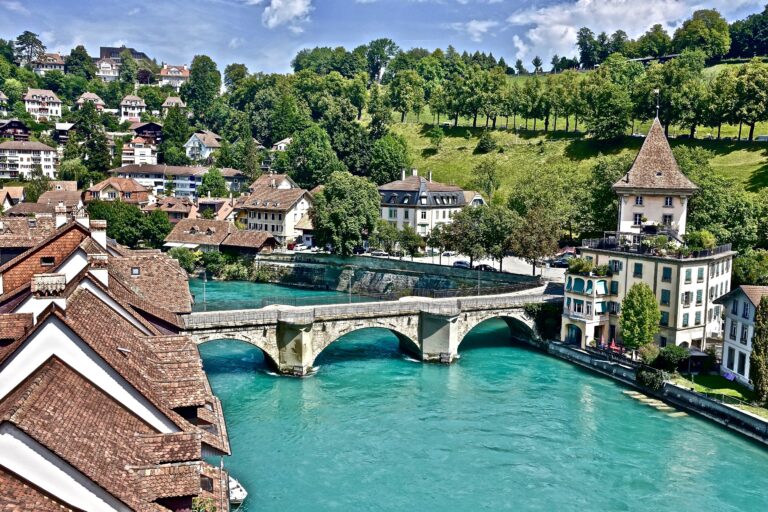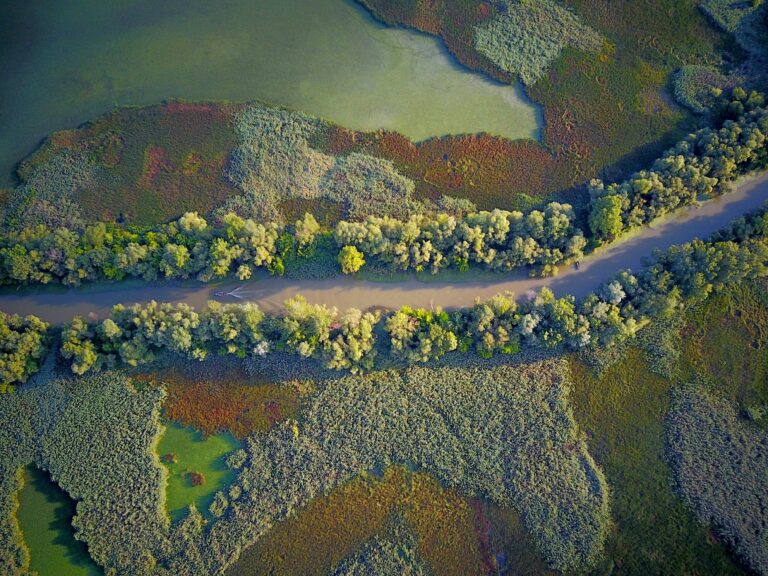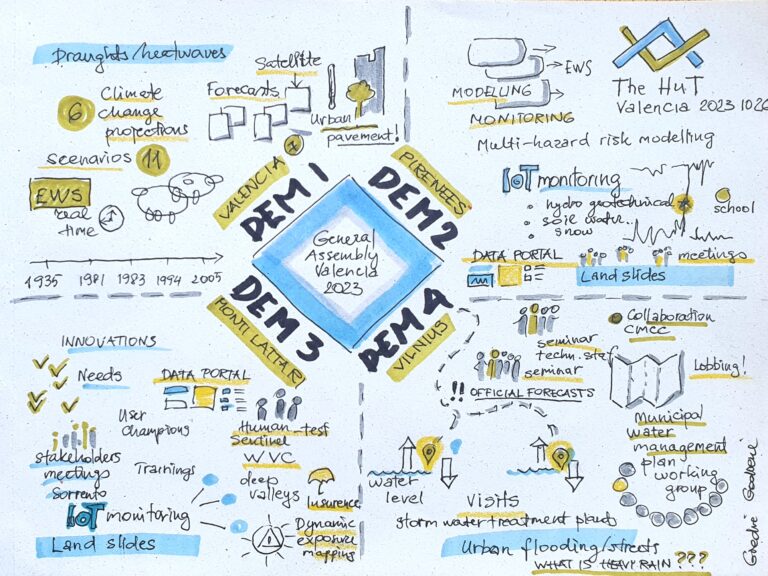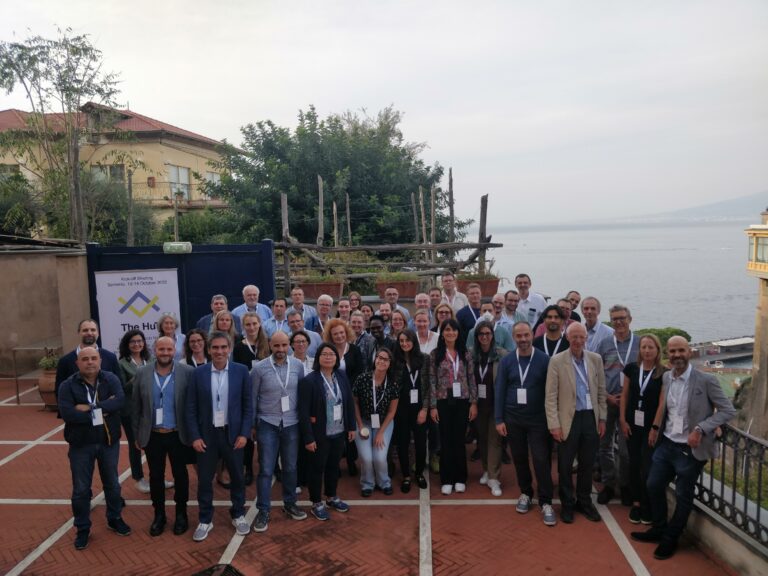
The Lithuanian capital, Vilnius, is home to about 20 percent of the country’s population (about 500,000 inhabitants). The medieval Old Town, a UNESCO World Heritage Site, is one of the largest and best preserved in Eastern Europe. The central part of Vilnius is situated in the Neris River valley. The main features of the urban fabric make the demonstrator representative for many other cities in the country.
Investigated climate extremes
The city centre is increasingly prone to flooding, which has become more severe.
Two main causes have been identified: the drainage system is outdated for current needs, and it rains more and more heavily than before.
Main needs
- To improve the monitoring and the forecasting of heavy rainfall (short duration, high intensity) able to trigger pluvial flooding.
- To support the climate-proofing design of drainage networks accounting for uncertainties associated to the projections.
- To increase the awareness within the communities about urban flooding.
Latest updates about Vilnius
All news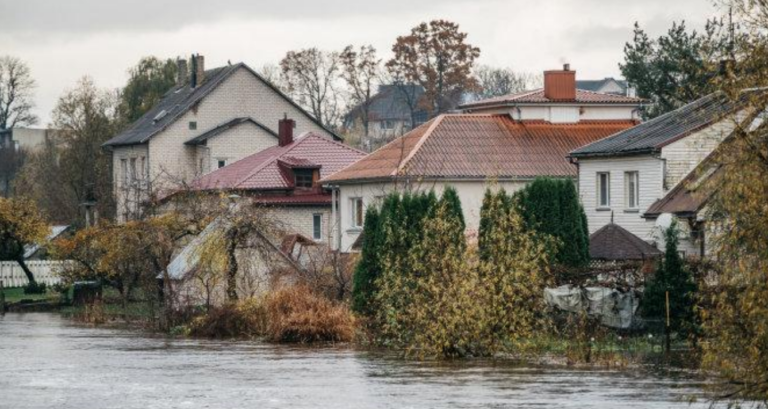 Project Update / February 29, 2024
Project Update / February 29, 2024
A case study: DEM 4, Vilnius
A knowledge amplification process that helps municipalities against extreme climate events
